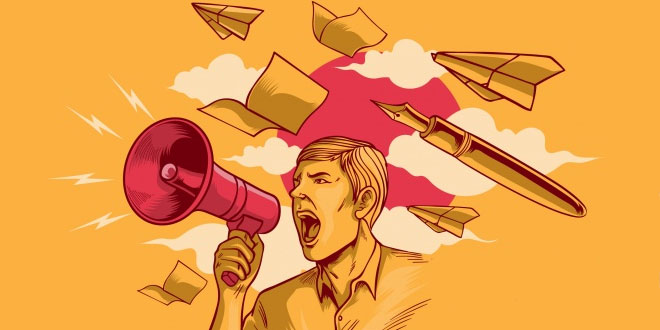Popular Struggles & Movements: Page [II]
Question: What led to the Movement for Democracy in Nepal in the year 2001?
Answer: In Nepal the real power was exercised by the popularly elected representatives and the King was only the head of the state. King Birendra, accepted this transition from absolute monarchy to constitutional monarchy, but in 2001, he was killed in a mysterious massacre of the royal family.
The new king of Nepal, King Gyanendra, who was not prepared to accept democratic rule, took advantage of the weakness and unpopularity of the democratically elected government and in February 2005, he dismissed the then Prime Minister and dissolved the popularly elected Parliament.
Nepal, witnessed a popular movement in April 2006. The aim of the movement of April 2006 was the regaining of popular control over the government from the King.
Question: Describe Bolivia’s water war.
OR
Mention any three features of the Bolivia Water War.
Answer: The government of Bolivia sold the right of municipal water supply of the city of Cochabamba to a multinational company. The company immediately raised the price of water by four times.This led to a popular protest and in January 2000, an alliance of labour, human rights and community leaders organised a successful four-day general strike in the city. The government agreed to negotiate and the strike was called off. Instead of resolving the issue, the police resorted to brutal repression and the government imposed martial law. But the power of the people forced the officials of the MNC to flee the city and made the government concede to all the demands of the protesters. The contract with the MNC was cancelled and water supply was restored to the municipality at old rates. This came to be known as Bolivia’s water war.
Question: Discuss the similarities between the people’s struggle in Nepal & Bolivia.
Answer:
- Both these are examples of political conflict that led to popular struggles.
- In both cases the struggle involved mass mobilization.
- Public demonstrations of mass support won the dispute.
- Both the struggle involved critical role of political organisations.
Question: How has democracy evolved all over the world through popular struggle?
Answer:
- Democracy evolves (develops) through popular struggles. There have been conflicts between those groups who have exercised power & those who aspire (hope) for a share in power. These moments come when there is expansion of democracy.
- Democratic conflict is resolved through mass mobilization.
- These conflict & mobilizations are based on new political organisations. The public participation becomes effective with the help of organised politics.
- The various agencies of organised politics are political parties, pressure groups & movement groups.
Question: Explain the reasons behind the success of struggle in Nepal & Bolivia.
Answer: Nepal: The struggle involved many organisations (Maoists, labour unions & their federations) besides political parties. The organisations of teachers, lawyers & human rights groups gave support to the movement.
Bolivia: The protest against water privatization was led by political parties & an organisation called FEDECOR. It consisted of professionals, engineers & environmentalists, farmers union, workers unions, university students etc.
Thus, both these examples show that many kinds of organisations work behind any big struggle.
Question: What is the difference between a pressure group & a political party?
Answer:
- A pressure group tries to influence the policy & programme of political parties keeping in mind the interest of their own group. While political parties aim to direct by control or share political power by contesting elections & forming govt.
- Pressure groups generally talk about the interest of them own occupation, ideology or aspiration while political parties talk about the interest of all people.
- The activities of political parties can continue for several years but the activities of some of the pressure group ended with the end their movements.
Question: What is a pressure group? Give few e.g.
Answer: An organisation which attempts to influence government policies through demonstrations, protests, etc is referred to as a pressure group. It is formed when people with similar opinions come together for achieving the same objectives. Some examples of pressure groups are FEDECOR, Bhartiya Kisan Union, BAMCEF etc.
 Class Notes NCERT Solutions for CBSE Students
Class Notes NCERT Solutions for CBSE Students





